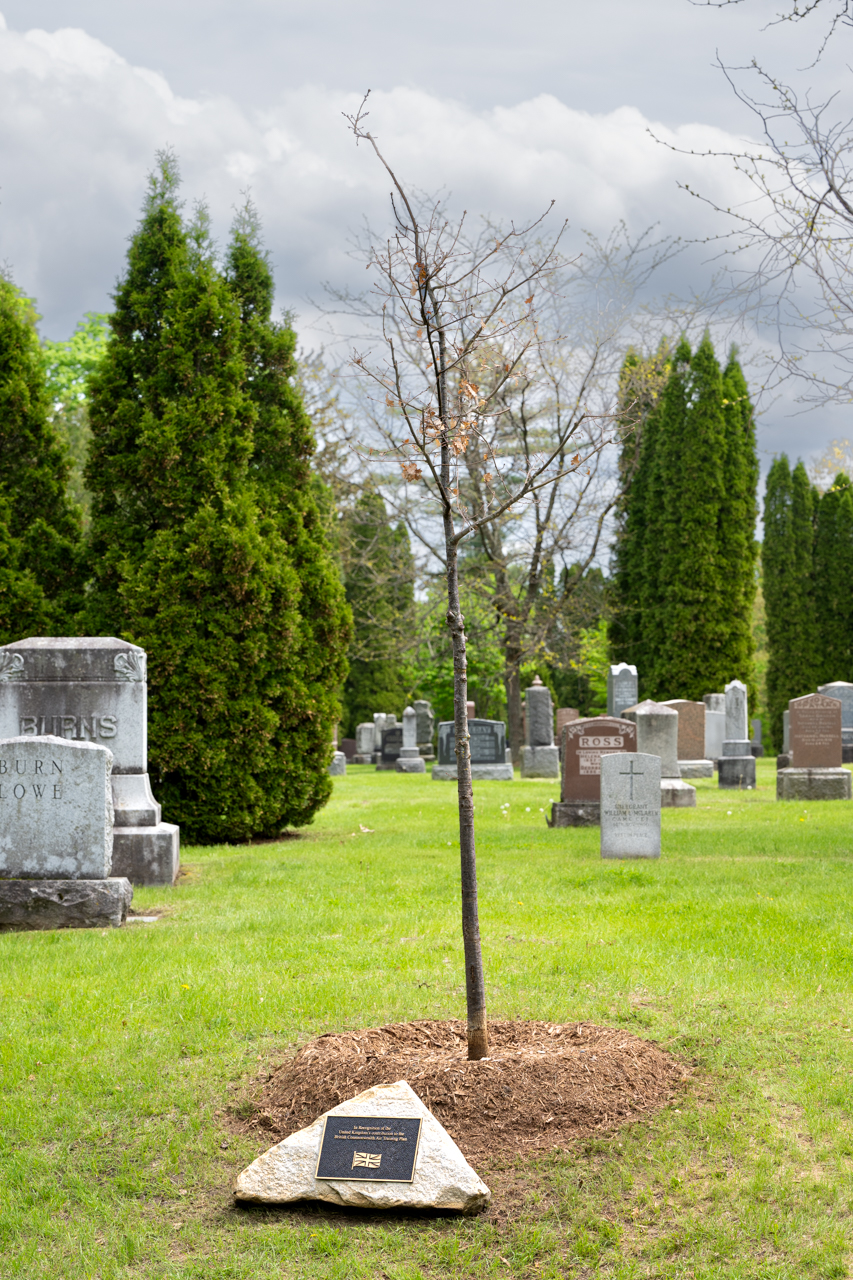
In the Gardens - the Majesty of the English Oak (Quercus robur)
The English Oak, known scientifically as Quercus robur, is a majestic and enduring tree species that has been revered for centuries across Europe and beyond. Known for its strength, longevity, and historical significance, this tree is a cherished presence in both natural landscapes and cultivated gardens.
Characteristics and Appearance
The English Oak can grow up to 70-100 feet tall, with a broad canopy spread of 40-70 feet. Its leaves are characterized by their lobed, rounded structure, typically 2-5 inches long. The foliage is a vibrant green in the spring and summer, turning to a rich yellow-brown in the fall. The bark is rugged and deeply furrowed, adding to the tree’s stately appearance. In the spring, it produces small, inconspicuous flowers, followed by acorns in the fall, which are a vital food source for wildlife.
Habitat and Growing Conditions
Quercus robur thrives in well-drained, fertile soils and can adapt to a variety of soil types, including clay and sandy loams. It prefers full sun to partial shade and is commonly found in woodlands, parklands, and large gardens. This oak is known for its remarkable hardiness and ability to withstand adverse conditions, making it a versatile and resilient choice for various landscapes.
Historical and Cultural Significance
The English Oak holds a prominent place in European history and culture. It has been a symbol of strength and endurance for centuries and is often associated with English heritage. The tree’s wood has been used in shipbuilding, construction, and furniture-making due to its durability and strength. The English Oak is also deeply rooted in folklore and tradition, often seen as a symbol of wisdom and longevity.
Ecological Importance
Ecologically, the English Oak is a cornerstone species in its native habitats. Its acorns provide a crucial food source for a variety of wildlife, including birds, mammals, and insects. The tree supports a wide range of species, from fungi to insects, creating a rich biodiversity around it. Its dense canopy offers shelter and nesting sites for numerous birds and small mammals.
Landscaping and Uses
In landscaping, the English Oak is prized for its shade and ornamental value. Its grand size and striking appearance make it an excellent choice for parks, large gardens, and estates. The wood of the English Oak is highly valued for its strength and resistance to decay, making it a preferred material for construction, furniture, and historical restoration projects.
Beechwood's English Oak
Visitors to Beechwood Cemetery can find the venerable English Oak in Section 29 as part of the British Commonwealth Air Training Plan memorial. This serene location allows guests to appreciate the tree's natural beauty and historical significance in a peaceful setting.
The English Oak is more than just a tree; it is a symbol of strength, an ecological pillar, and a magnificent addition to any landscape. Its resilience, ecological contributions, and timeless beauty make it a species worthy of celebration and preservation.

